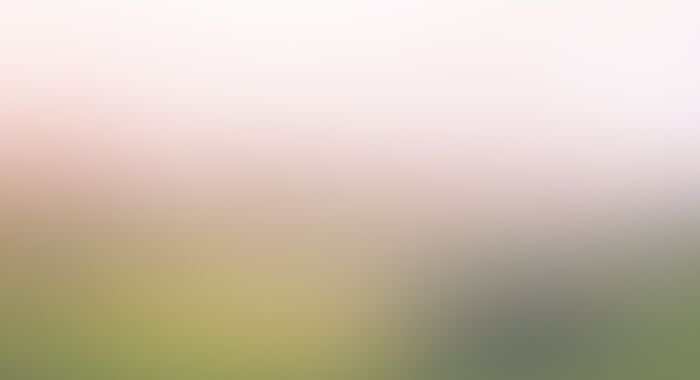Exodus is a word of epic proportions, one that has been used to characterise a change so significant that has altered societies and nations throughout history. Due to its historical and biblical references, we instinctively identify exodus with the arduous migration of populations, often under dramatic circumstances.
In the age of global transport and abundant services of undefined origin, contemporary society is increasingly relying on a constant state of migration in order for it to function according to the models the advanced western lifestyles dictate.
The fundamental idea of postmodernism, whether in art, finance or lifestyle is that an individual no longer revolves around a particular community or even society in general. Rather he/she is part of a global culture that should and must provide goods and services on demand and without delay. In short, the world revolves around us. We have created our own personal ecosystems based on our personal preferences and we are constantly reminded – thanks to the power of advertising - that we are deservedly entitled to it. The individual is now a Global Consumer.
In Exodus, Marcus Lyon has produced a series of meticulously executed images that manage to capture the scale behind the global migration of people as well as systems and services.
In a paradoxical move the work does not focus on a through-the-microscope view of the individuals affected by this state of globalised migration through the - not uncommon - images of nomadic communities and the hardships they endure. What we get are large-scale, epic, images that reveal the summative effect of a global demand for goods and services. Lyon’s artworks suggest an infinity of global proportions, with an undefined beginning and end. From densely populated urban environments to layers of jet trails or countless containers, there is a sense that you are looking at components of the engine behind global economy: globalisation’s conveyer belt.
Exodus is a poetic and mature piece of photography. It is hard to imagine a better way that the sensitivity and depth of this subject matter could have been captured and executed. We are very pleased to be able to showcase this exceptional body of work.
www.gold-circle.co.uk
All images: ©Marcus Lyon
Words: Marina Syrmakezi
